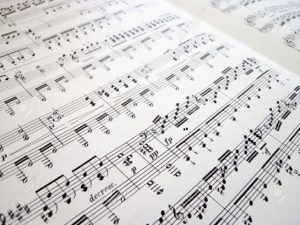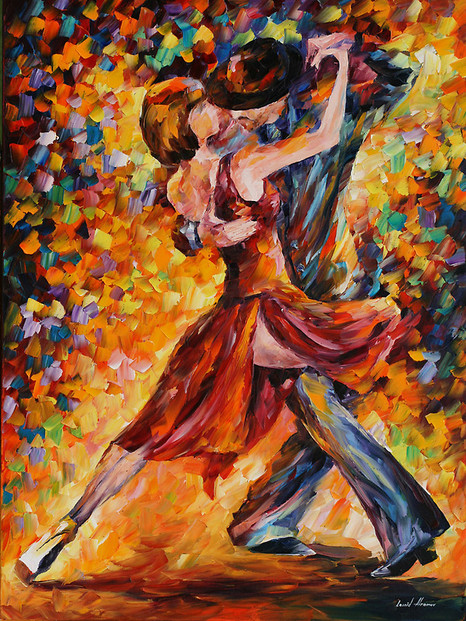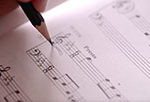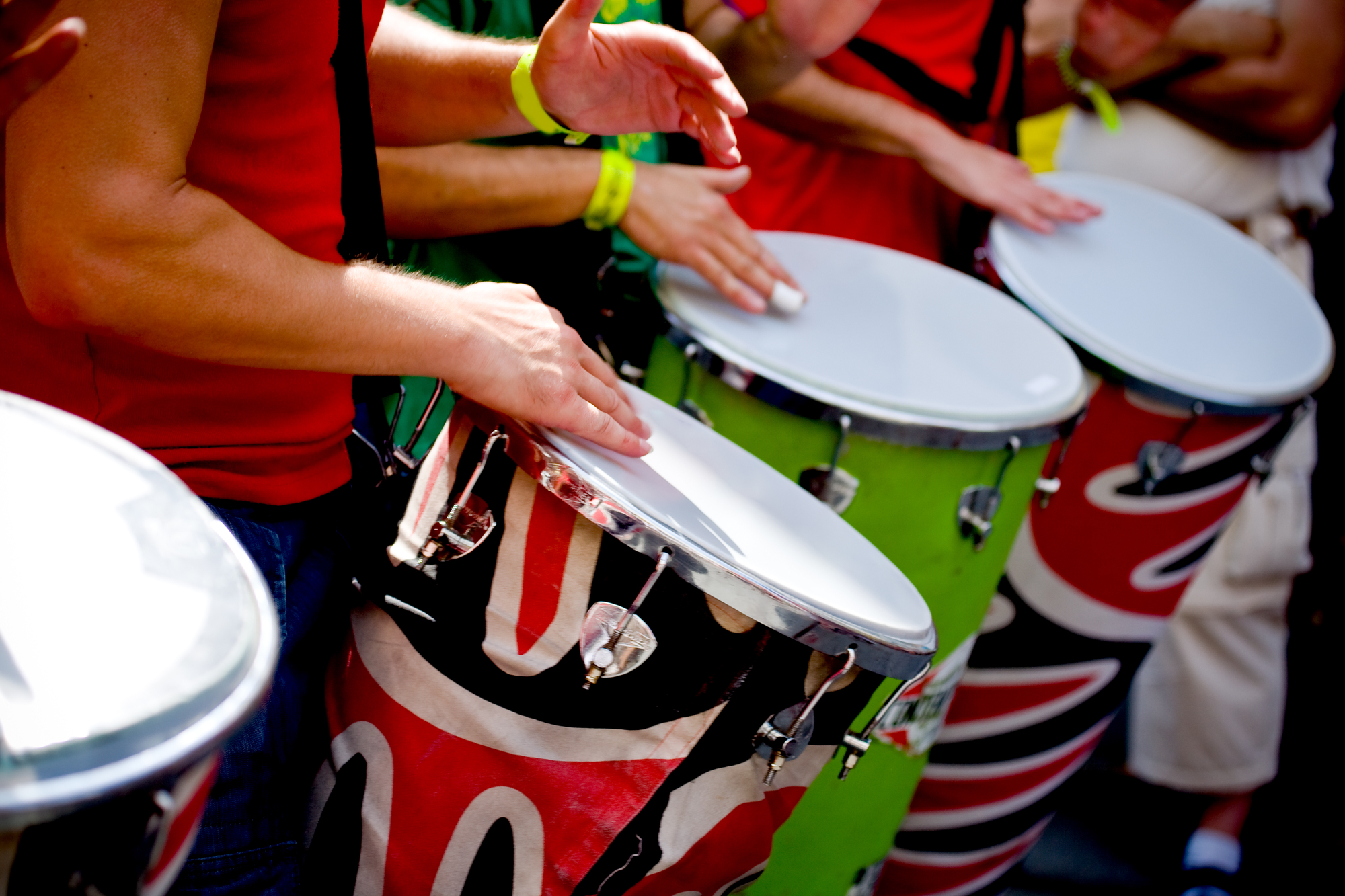
Those of us who read Western Classical music notation are often guilty of assuming that it is the holy grail to musical literacy and competence, and that such notation can be universally applied to all musical styles. While Western notation is undoubtedly an incredibly versatile and adaptable form of communication, this assumption can be dangerous when trying to learn many styles of folkloric music, each with their own unique vocabulary, history, and notation.
This article will explore the ways in which these styles of music are passed on, in some cases through notation and in others through aural tradition. We will then look at an example of a style that is difficult to communicate accurately using Western Classical notation.
Aural Music Cultures
The majority of folkloric music is not notated and is passed on aurally from teacher to student. This process is usually generational, younger musicians learn their trade from more experienced masters. Notation isn't something that's used by many of these cultures simply because there is no need for it. Most early examples of music notation from these folkloric cultures were written by western ethnomusicologists who notated such music as a means to show it to the Western world before recording technology was so readily available. Before globalization, there wasn’t a demand for these styles of music outside of their own cultures, so aural learning proved the most effective way to pass music on. Notation therefore was a useful tool for passing music from one musical culture to another.
Alternate Forms of Notation
One must also remember that Western Classical notation is not the only form of musical notation. Other music cultures have their own unique methods of writing music that are often very different to the notation we’re taught in Western schools. One example that I find particularly fascinating is this diagram which outlines a North African rhythm traditionally known in Latin America as a “clave.”
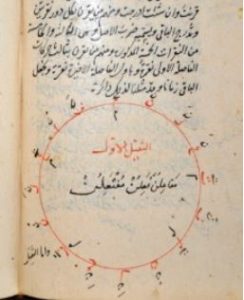
The texts dates from the 1600s while the musical example is believed to date from the 1200s. The markings outside the circle correspond to the 8th-note subdivisions over 2 bars of 4/4, while the markings inside the circle represent the played notes. The played notes make a grouping of 33423, a rhythm more commonly known in Cuba as the “son clave.”
This not only gives us an amazing insight into how North African folkloric music can be notated, but also shows us a very early example of a rhythm that's still incredibly popular to this day.
Samba
Many styles are impossible to notate accurately due to the rhythmic feel of the music. One example of this is Samba music in Brazil.
Outside of Brazil, Samba is usually taught using Western Classical notation, though in my experience the best Samba drumming resources emphasize that the notation must not be taken too literally, and that to play authentically one must listen to the music with attention to the almost triplet-like rhythmic sway that characterizes the style. While the use of Western Classical notation allows us to learn the basic coordination, it doesn't allow us to grasp how the music feels.
When I first started learning Samba drumming, I was guilty of relying too heavily on notation and not listening enough to the music itself. I learned how to play a ton of patterns, and developed a good sense of coordination, but my feel just wasn't quite right. I was playing everything too straight, too rigid, and I was completely unaware because as far as I knew, I was playing the notation I'd learned in the Samba drumming books.This is a perfect example of how relying heavily on notation is flawed when learning certain styles of music. Music is a language and languages are primarily spoken. The minute I started listening more to the actually music, rather than reading drumming notation, my rhythmic feel started to become more authentic.
My experience of Samba can be applied to pretty much every style of folkloric music. Not all music has to fit into the rhythmic, or indeed melodic, and harmonic system we use in the West. Like Samba, the music might have a unique rhythmic sway, in other styles there might be more than the 12 notes of the chromatic scale. In these cases, Western Classical notation simply isn't the most effective way of communicating the music. In short, there is no substitute for experiencing music in the way it was intended to be experienced, by listening.
Ready to learn music?
Start learning with our 30-day free trial! Try our music courses!
About Liberty Park Music
LPM is an online music school. We teach a variety of instruments and styles, including classical and jazz guitar, piano, drums, and music theory. We offer high-quality music lessons designed by accredited teachers from around the world. Our growing database of over 350 lessons come with many features—self-assessments, live chats, quizzes etc. Learn music with LPM, anytime, anywhere!



